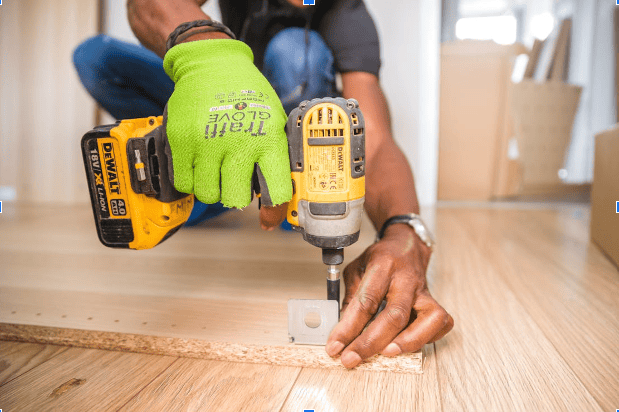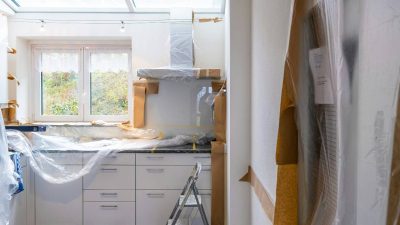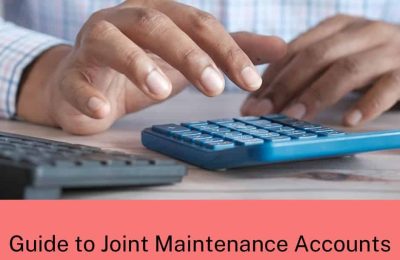From apartments to townhouses, rental properties must consist of features that not only help landlords get the best returns but also provide comfort and safety to tenants. Choosing a good quality floor access cover is part of that, considering the benefits it brings to both parties. It may not seem difficult on the surface but there is much to consider when installing a floor access cover as part of renovating a rental property. The guide below walks you through everything landlords and tenants need to know about floor access covers.
Photo by Bidvine from Pexels
What Are Floor Access Covers for?
Let’s start with an overview of the function of a floor access cover. When it comes to property maintenance, landlords should consider how to detect utility issues hidden beneath the property. Water pipes, sewage lines, and electrical cables are prone to deterioration and it’s always likely they can rupture or break at some point.
Due to the complexity involved in repairing underground utilities, landlords may need to set up a faster and more convenient way to inspect and maintain these essential components. A floor access cover is an effective solution as it provides maintenance teams convenient access to underground joints and intersections, enabling easier and more cost-efficient diagnostics and repair activities. This eliminates the need to break apart flooring to access damaged water, electrical, or ventilation lines.
By investing in quality floor access covers, landlords can reduce maintenance costs and ensure their properties remain in excellent condition. It’s simply a matter of selecting the right brand and model to meet specific maintenance requirements.
Selecting Floor Access Covers: Considerations for Landlords
When shopping for a quality access cover, it’s essential to go beyond basic functionality. Placement and material choice are critical factors to consider.
To start, landlords may prefer to place access points in concealed areas, but there’s also the option of installing them in high-traffic sections such as lobbies and corridors. For access covers in such areas, durability is key. Stainless steel and aluminium are ideal materials because of their strength and resistance to corrosion, ensuring they perform well under heavy loads.
It’s also important to refer to local building codes for guidance on the proper dimensions and materials to use. Consulting a supplier of floor access covers can simplify the selection process. Suppliers may also offer complementary solutions, such as a drop down loft hatch, which adds value to your property.
Floor Covers from a Tenant’s Perspective
When installing a floor access cover in a rental property, landlords should also consider tenants’ concerns. The presence of trapdoors might raise questions, so it’s vital to address these and ensure tenants’ interests are prioritised.
Floor access covers may be perceived as unsightly if they are highly visible. Landlords can maintain an aesthetically pleasing indoor space by selecting access covers that blend seamlessly with the flooring’s colour and texture. This ensures the covers remain unobtrusive, providing tenants with a comfortable and visually appealing living environment.
When it comes to security, landlords should reassure tenants that access covers include features to prevent unauthorised entry. Advanced locking mechanisms are a valuable addition. Additionally, landlords should ensure access points are monitored to deter any attempts to exploit underground areas.
Endnote
Maintaining a rental property and keeping tenants happy requires a great deal of time and effort. Investing in a high-quality floor access cover simplifies maintenance, helping you preserve the property’s condition and provide a better living experience for your tenants.











